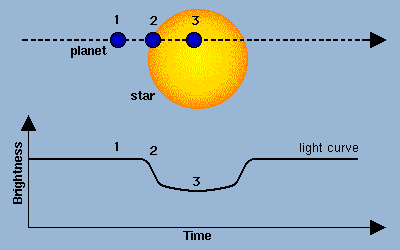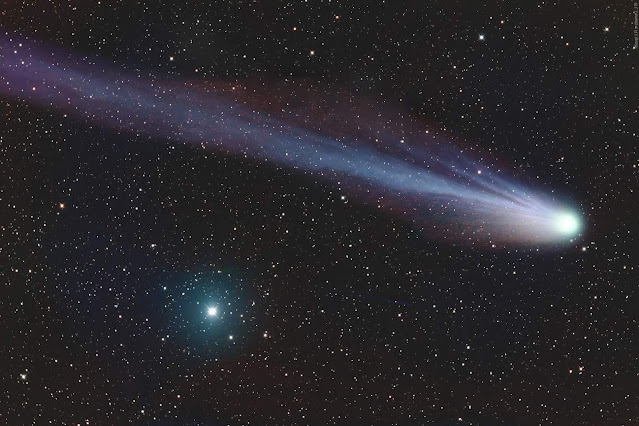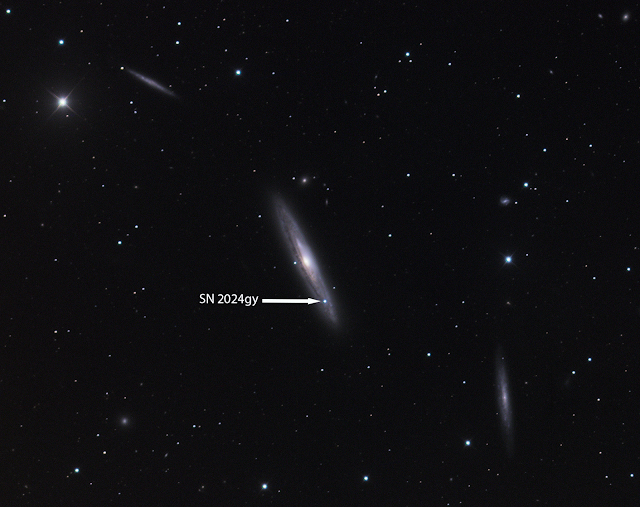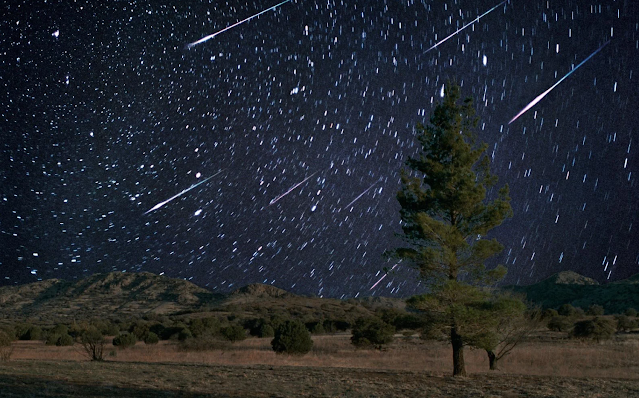Amateurs Enhancing Professional Astronomy
 |
| Messier 101 - Pinwheel Galaxy with Supernova SN 2023ixf imaged and processed by Craig Stocks at Utah Desert Remote Observatories. |
One of the most notable ways amateur astronomers contribute is through extragalactic supernova searches. Supernovae are crucial for understanding the evolution of galaxies, and amateur astronomers often participate in systematic monitoring of distant galaxies to detect these brilliant cosmic explosions. Their unique advantage lies in the time and dedication they can commit, often using their own equipment. The observations and data collected by amateur astronomers provide a wealth of information that can complement professional research, aiding in the study of supernova properties and their impact on galactic ecosystems.
Exoplanet research is another field where amateurs can play a pivotal role. While professionals have access to state-of-the-art telescopes and instruments, amateur astronomers can contribute by regularly monitoring stars for the telltale signs of exoplanetary transits. The steady observations and data analysis performed by dedicated amateurs can help identify potential exoplanetary candidates, which can then be followed up by professional observatories for further investigation. This collaborative approach broadens the scope of exoplanet research and significantly increases the chances of discovering new worlds beyond our solar system.
Additionally, the involvement of amateur astronomers fosters a sense of community and enthusiasm within the field. They often participate in citizen science programs and collaborate with professional astronomers, further bridging the gap between amateur and professional communities. The exchange of knowledge, data, and experiences between these groups is a vital aspect of advancing our understanding of the universe and inspiring the next generation of astronomers.
In conclusion, amateur astronomers play a vital role in professional astronomy by actively participating in programs such as extragalactic supernova searches and exoplanet research. Their dedication and contribution to these fields expand the reach of scientific investigations, provide valuable data, and foster collaboration within the astronomical community. This synergy between amateur and professional astronomers not only enhances our understanding of the cosmos but also strengthens the bonds that drive the continual growth and development of the field of astronomy.










Comments
Post a Comment